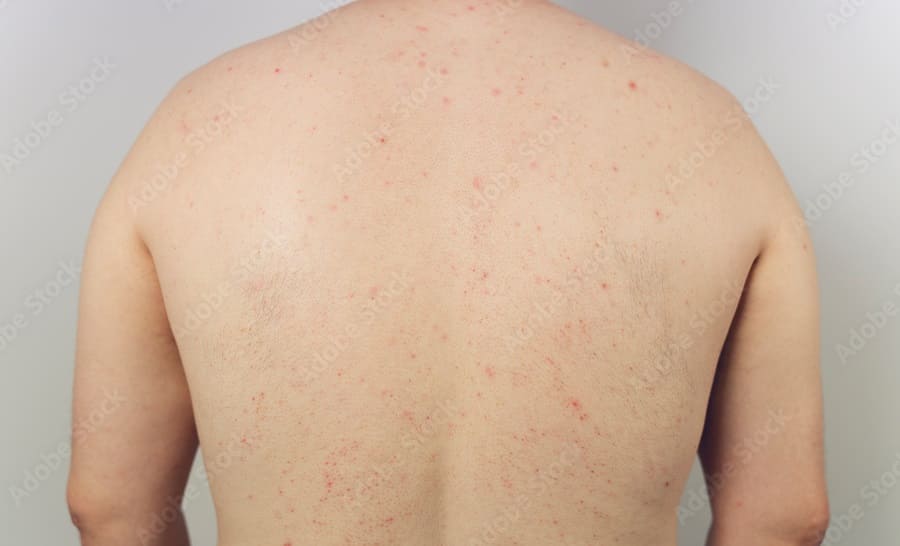Have you ever glanced in the mirror and noticed tiny red dots scattered across your skin? If you’ve found yourself wondering what they are or if you should be concerned, you’re not alone. These little red spots, often called red moles, can appear out of nowhere and leave us puzzled. Let’s break down what these red moles are, why they show up, and whether they’re something to worry about.
What Are Red Moles?
Red moles, often referred to as cherry angiomas or Campbell de Morgan spots, are benign skin growths composed of small blood vessels. They get their bright red color from the concentration of blood vessels within them. These moles can vary in size, ranging from a pinpoint to a few millimeters in diameter, and can appear almost anywhere on the body.
Why Do Red Moles Appear?
The truth is, we don’t have a definitive answer for why these red moles appear, but a few factors might play a role:
- Aging: As we get older, it’s not uncommon for cherry angiomas to start making an appearance, especially after hitting 30. They’re kind of like wrinkles—just another part of getting older.
- Genetics: Genetics might have a say in whether you develop red moles. If your parents or grandparents had them, you might too.
- Hormonal Changes: Sometimes, hormonal changes—like during pregnancy—can lead to these moles popping up.
- Sun Exposure: If you’ve spent a lot of time soaking up the sun, it could be contributing to the formation of these red spots.
- Chemical Exposure: Some studies suggest that exposure to certain chemicals, like bromides, might be linked to the appearance of red moles.
What Is the Effect of Having Red Moles?
Here’s the reassuring part: red moles are usually harmless. But let’s break down what that means:
- Benign Nature: Cherry angiomas are non-cancerous and generally don’t pose any threat to your health. They’re mostly a cosmetic issue—something you might notice, but nothing to stress over.
- No Pain or Discomfort: Most of the time, red moles are painless and don’t cause any discomfort. The only time they might bother you is if they get irritated by rubbing against clothes, which could cause them to bleed.
- No Need for Treatment: Since they’re harmless, there’s no medical need to remove red moles. But if they’re bothering you aesthetically, a dermatologist can easily take care of them with treatments like laser therapy or freezing.
- Monitor for Changes: Even though they’re generally nothing to worry about, it’s still important to watch for any changes. If a mole starts growing, changes color, or begins to bleed, it’s a good idea to get it checked out by a doctor to rule out anything more serious.
Should You Be Concerned?
For most people, red moles are just another part of aging or a genetic trait. However, if you suddenly notice a large number of moles appearing in a short time, or if you experience any other unusual skin changes, it’s a good idea to consult with a dermatologist. While cherry angiomas are benign, your skin can sometimes reflect underlying health issues, and it’s always better to err on the side of caution.
Final Thoughts:
Finding red moles on your skin can be a little unsettling, but they’re usually nothing to lose sleep over. Understanding what they are and why they appear can help put your mind at ease. And remember, keeping an eye on your skin and getting regular check-ups is a great way to stay on top of your overall health. If you’re ever in doubt, don’t hesitate to seek professional advice—your skin deserves the best care.
Have you noticed moles on your skin? Or maybe you’ve got a question or two? Drop a comment below—we’d love to hear from you! Let’s keep the conversation going and help each other stay informed and healthy.
Also Read:
